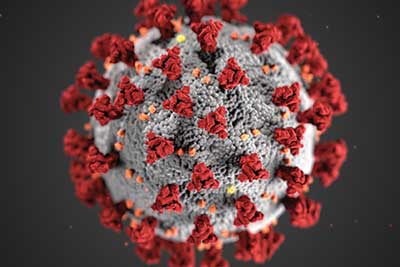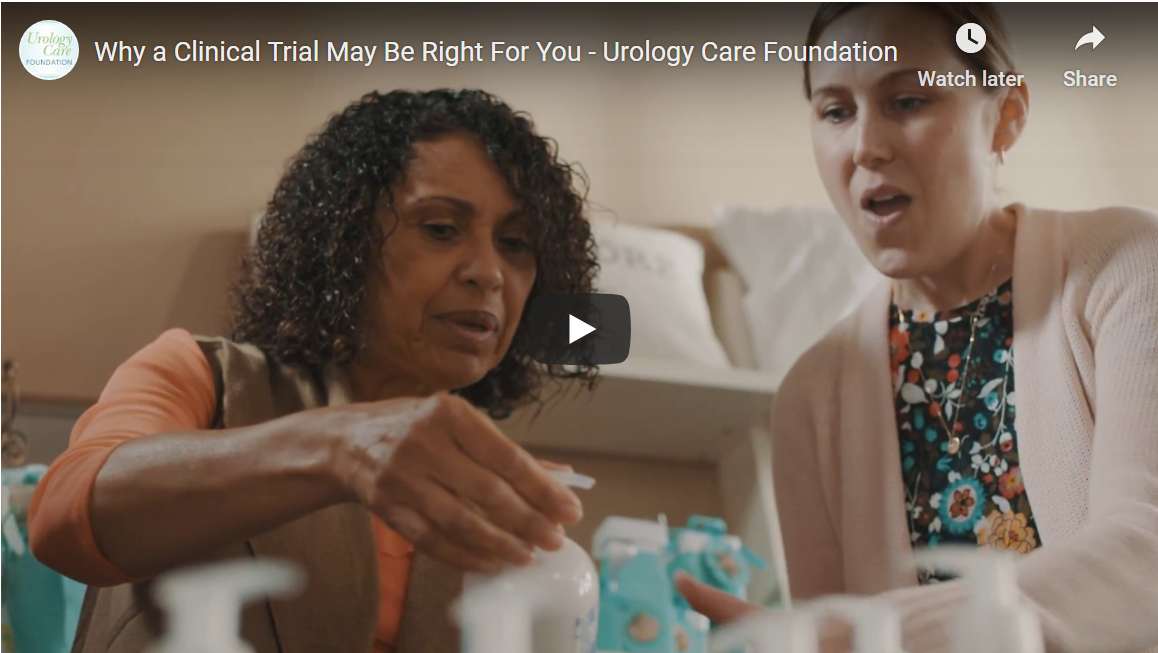One of the Symptoms of Pyelonephritis Is Sudden Back Pain That Spreads Over the Abdomen.
Pyelonephritis is a type of urinary tract infection where one or both kidneys become infected. They can be infected by bacteria or a virus. It can cause people to feel very sick and it requires treatment. This article will tell you more about kidney infection and what to do about it.
See More See Less
Normal Conditions
The urinary tract is the body's drainage system. It includes two kidneys, two ureters, a bladder, and a urethra.
Healthy kidneys work day and night to clean our blood. These 2 bean-shaped organs are found near the middle of the back, just below the ribs. One kidney sits on each side of the spine.
Our kidneys are our body's main filter. They clean about 150 quarts of blood daily. Every day, they form about 1-2 quarts of urine by pulling water and waste from the blood. Urine normally travels from the kidneys down to the bladder and out through the urethra.
As a filter, the kidney controls many things to keep us healthy:
- Fluid balance
- Electrolyte levels (e.g., sodium, potassium, calcium, magnesium, acid)
- Waste removal in the form of urine
- The regulation of blood pressure and red blood cell counts
When the kidneys are damaged, they may not function well. In most cases, some damage won't cause too many problems. But, major damage may require more treatment, like dialysis.
Symptoms or signs may include:
- Frequent, painful urination
- Back, side (under the ribs), and groin pain
- Chills and high fever
- Nausea and vomiting
Very young children (younger than 2 years old) may only have a high fever. They may not feel pain or have problems urinating. Older people, also, may not show typical signs. Instead, they may show signs of confusion, muddled speech, or visions.
This infection can be life threatening. It is important to seek medical care quickly if you think you have a kidney infection.
Although the urinary system is designed to keep bacteria out, problems can occur. Escherichia coli (E. coli) or other bacteria found in the intestines can enter the urinary tract through the urethra. These bacteria can travel up into the bladder. When this happens it can cause cystitis (inflammation of the bladder). It can also cause a urinary tract infection (UTI). Cystitis occurs in 1-3% of adult women per year. If the infection continues up to the kidneys, it can cause kidney infection. This problem is rare but it can be severe. About 1 in every 30 cases of UTI leads to a kidney infection.
You are more likely to get a kidney infection if you have frequent bladder infections or have a structural problem in the urinary tract. Urine normally flows only in one direction—from the kidneys to the bladder. If the flow of urine is blocked or flows in the wrong direction, infections can happen. Urine flow can be blocked by many things, including:
- kidney stones,
- tumors inside or outside the urinary tract and
- structural problems of the urinary tract.
People with diabetes or a weak immune system are at high risk for infections. Pregnant women with UTIs should be seen by their health care provider and treated as soon as possible. A kidney infection in a pregnant woman can be very serious.
Many problems in the pelvis and abdomen can cause symptoms that look like kidney infection. Your doctor will want to diagnose your problem correctly to learn what's happening and find the best treatment.
To diagnose the problem, your health care provider may use the following tests:
- A medical history. You will be asked questions about your symptoms, when they began, and about your general health history.
- Physical exam. You will receive a general medical exam to collect blood and urine samples. The doctor will likely press your abdomen to check for pain or tenderness.
- Urinalysis. A sample of your urine will be tested to look for signs of infection. High counts of white blood cells and bacteria mean that there is an infection.
- Urine culture. In a urine culture, bacteria in urine may grow on a culture dish within a few days. This information will help the doctor determine the best antibiotic to use.
- Blood cultures. A blood culture can tell if your infection has spread to your blood.
- Computed tomography (CT scan). A CT scan is not necessary to diagnose kidney infection, but it shows detailed 3D images of the urinary tract and kidneys to detect problems. A CT would also see if there is a blockage that needs treatment.
- Kidney ultrasound. Ultrasound can create images of the kidneys and ureters to show if there are wounds, stones, or other things that block the urinary tract. This information can help guide treatment decisions.
- Voiding cystourethrogram (VCUG) is an x-ray image of the bladder and urethra taken while the bladder is full and during urination. It uses a contrast dye. This test can show problems in the urethra and bladder.
- Digital rectal examination (DRE). A DRE is a physical exam of the prostate. Men who may have kidney infection may have a DRE to see if a swollen prostate is blocking the neck of the bladder.
- Dimercaptosuccinic acid (DMSA) scintigraphy. This test uses small amounts of a radioactive material to look closely at how well the kidneys work. Special cameras and computers create images to see if the kidneys are infected, scarred or damaged.
Your doctor will also look for problems that can cause kidney infection, such as kidney stones or birth defects. These things can be treated to prevent future infections. Your treatment will be based on a clear diagnosis of the problem.
Kidney infections are treated with antibiotics. This medicine is offered as a pill to be taken at home. If the infection is very bad, or if the patient is vomiting, then you may need to go to a hospital to get antibiotics in your vein (IV). To heal the infection and stop it from returning, it is common to get two or more weeks of antibiotics.
After treatment, urine cultures are used to make sure the infection doesn't return. If it does, two more weeks of medicine is offered. If it happens again, up to 6 weeks of medicine may be used.
Surgery may be needed if a block in the urinary tract or a birth defect is found.
If surgery is not needed, the patient will feel much better within a few days of medicine. Even though the symptoms are gone, it is important to finish the entire course of medicine so it doesn't return.
If the kidney infection returns more than once, a small dose of antibiotic may be used every day use to keep the kidneys healthy.
What if I don't treat kidney infection?
Untreated infection can damage the kidneys and lead to long term problems. In rare cases, kidney infections can lead to kidney disease, high blood pressure, or kidney failure. If kidney infection spreads to the bloodstream it can cause a serious problem called sepsis.
Can the bacteria that cause kidney infections be resistant to antibiotics?
Yes, the bacteria can be resistant to some, but it not all antibiotics. Both urine and blood cultures are taken before starting medicine. These tests help the health care provider know which medicine would work best for your case.
What can I do to avoid this problem?
Women should wipe from the front to the back after having a bowel movement. This cleaning will help move bacteria away from the urethra opening. Urinating after sex may help to flush out bacteria in the urethra. Some forms of contraception may help (not including diaphragms or spermicidal foam).
What if I am pregnant?
Urinary tract infections (UTI) during pregnancy are dangerous for both mother and baby. These infections should be treated quickly. There are safe medicines to use during pregnancy to cure the infection.
Explore Further


One of the Symptoms of Pyelonephritis Is Sudden Back Pain That Spreads Over the Abdomen.
Source: https://www.urologyhealth.org/urology-a-z/k/kidney-(renal)-infection-pyelonephritis
0 Response to "One of the Symptoms of Pyelonephritis Is Sudden Back Pain That Spreads Over the Abdomen."
Publicar un comentario